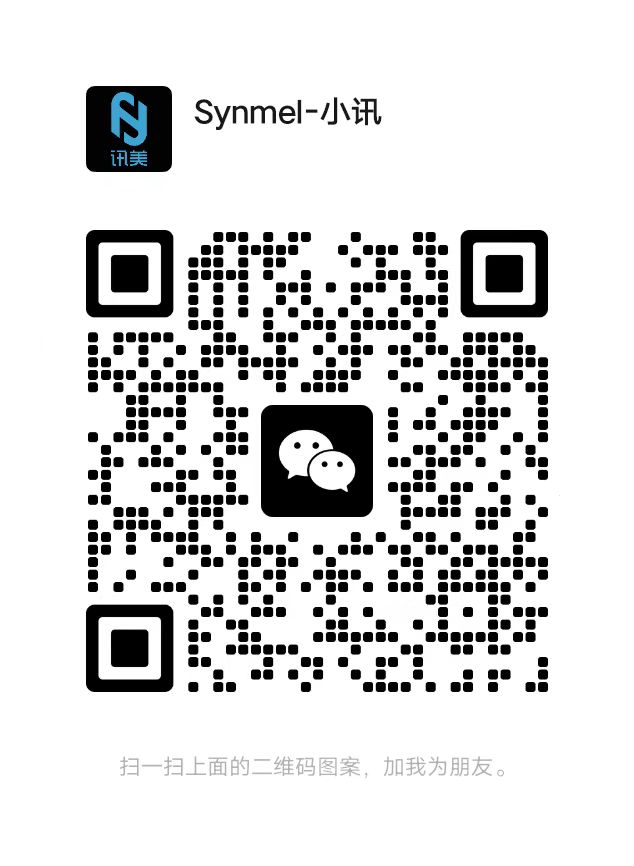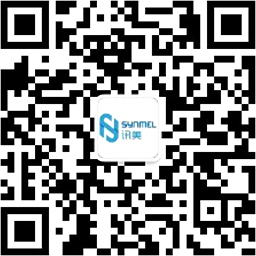- English
- Español
- Português
- русский
- Français
- 日本語
- Deutsch
- tiếng Việt
- Italiano
- Nederlands
- ภาษาไทย
- Polski
- 한국어
- Svenska
- magyar
- Malay
- বাংলা ভাষার
- Dansk
- Suomi
- हिन्दी
- Pilipino
- Türkçe
- Gaeilge
- العربية
- Indonesia
- Norsk
- تمل
- český
- ελληνικά
- український
- Javanese
- فارسی
- தமிழ்
- తెలుగు
- नेपाली
- Burmese
- български
- ລາວ
- Latine
- Қазақша
- Euskal
- Azərbaycan
- Slovenský jazyk
- Македонски
- Lietuvos
- Eesti Keel
- Română
- Slovenski
- मराठी
- Srpski језик
Specific analysis of anti-theft magnetic strips in supermarkets
2021-07-26
Supermarket anti-theft magnetic stripe system generally uses bar code anti-theft. Barcode electronic labels (barcode on the front and a miniature coil in the sticker on the back) are divided into soft labels and hard labels. The cost of the soft label is low, and it can be directly adhered to the harder goods, and the soft label cannot be used repeatedly. The one-time cost of a hard label is higher than that of a soft label, but it can be used repeatedly.
Hard tags must be equipped with special nail removers, which are mostly used for soft and easily penetrating items of clothing. Under normal conditions, the soft tag barcode is non-magnetic. Pay attention to check that you can know that when the user purchases more goods, use the quantity Button, the cashier will not scan them one by one. Barcode is just a thing that records data. When its data is recorded in the supermarket's database, its price can be revealed. Of course, if the database does not have or is wrong, its price cannot be revealed. The magnetic bar code is the magnetic button nailed to the clothes, and the cashier needs to untie it so that it will not trigger the alarm of the detection door.
The bar code-printed soft label of the supermarket looks like an ordinary price tag. In fact, it is a magnetic anti-theft label. Because it looks like a paper strip, it is also called an anti-theft soft label. The cashier scans the price tag and demagnetizes the soft tag at the same time, so that the detector will not cause the alarm to sound.
When someone tries to steal a tagged commodity, after the commodity passes through the detection channel, the detection antenna will detect the label signal on the commodity, and at the same time, it will sound an alarm to prompt the security personnel in time to achieve the purpose of anti-theft.
Hard tags must be equipped with special nail removers, which are mostly used for soft and easily penetrating items of clothing. Under normal conditions, the soft tag barcode is non-magnetic. Pay attention to check that you can know that when the user purchases more goods, use the quantity Button, the cashier will not scan them one by one. Barcode is just a thing that records data. When its data is recorded in the supermarket's database, its price can be revealed. Of course, if the database does not have or is wrong, its price cannot be revealed. The magnetic bar code is the magnetic button nailed to the clothes, and the cashier needs to untie it so that it will not trigger the alarm of the detection door.
The bar code-printed soft label of the supermarket looks like an ordinary price tag. In fact, it is a magnetic anti-theft label. Because it looks like a paper strip, it is also called an anti-theft soft label. The cashier scans the price tag and demagnetizes the soft tag at the same time, so that the detector will not cause the alarm to sound.
When someone tries to steal a tagged commodity, after the commodity passes through the detection channel, the detection antenna will detect the label signal on the commodity, and at the same time, it will sound an alarm to prompt the security personnel in time to achieve the purpose of anti-theft.



